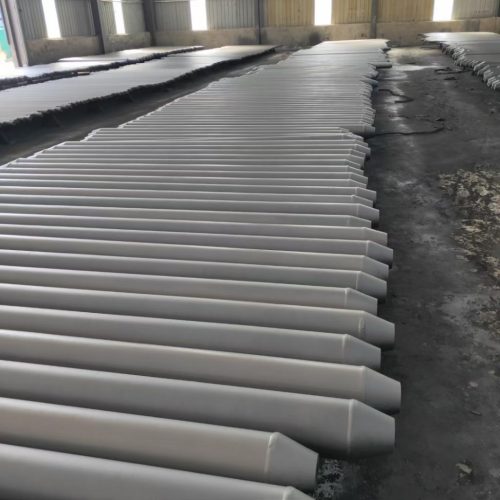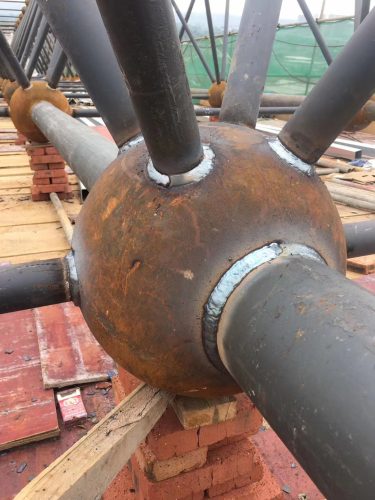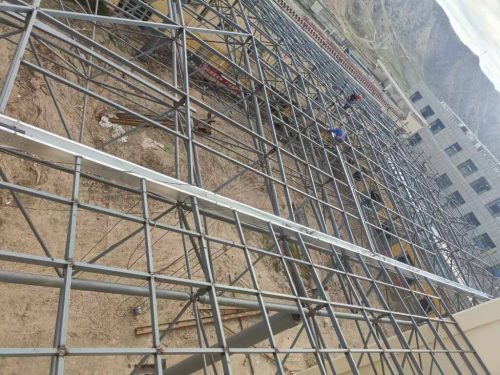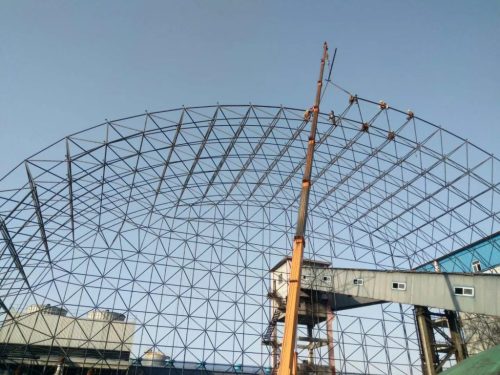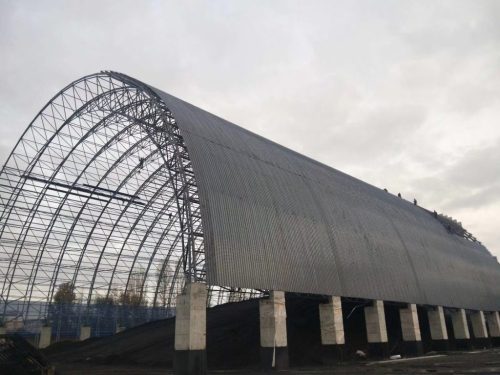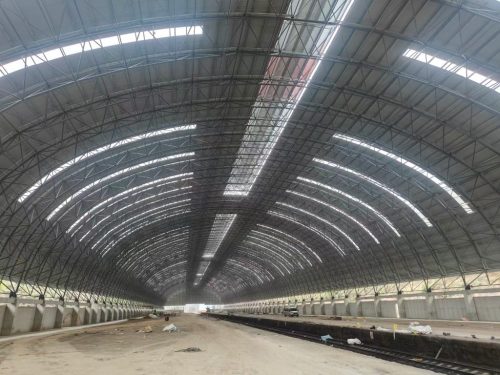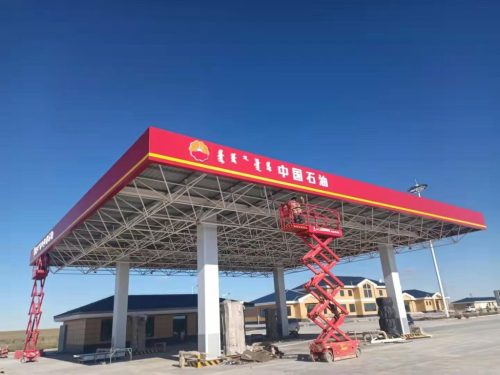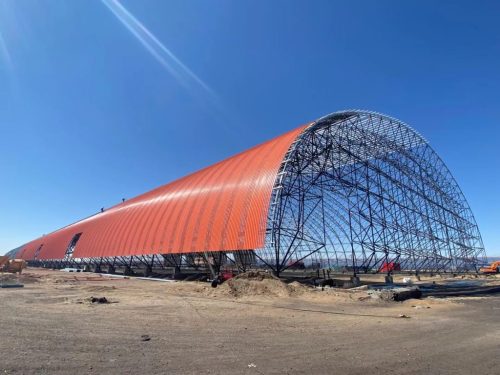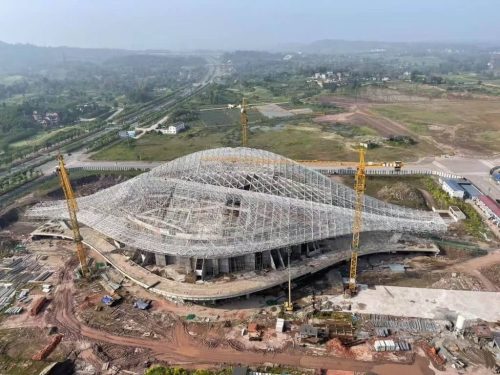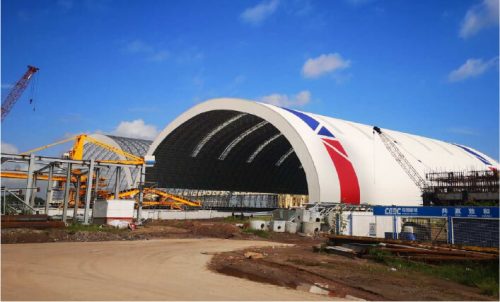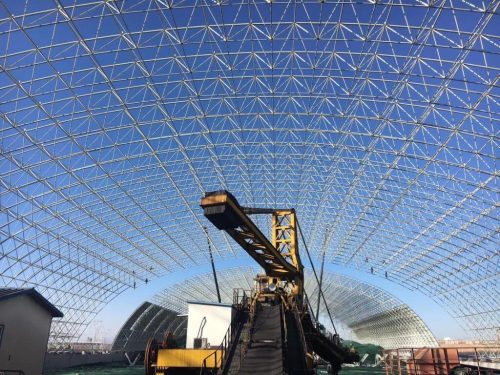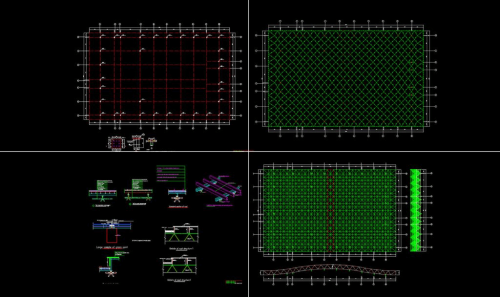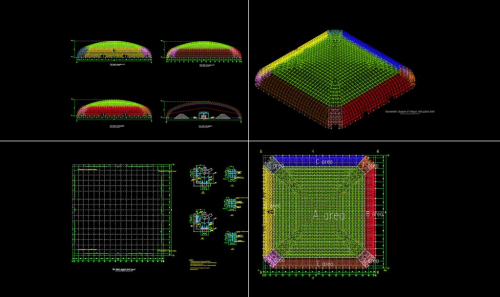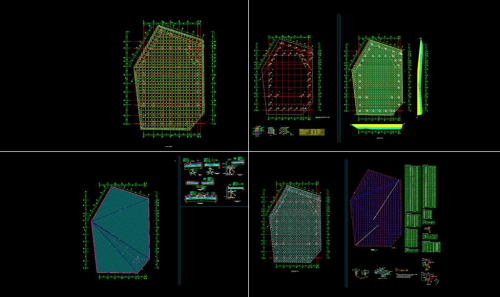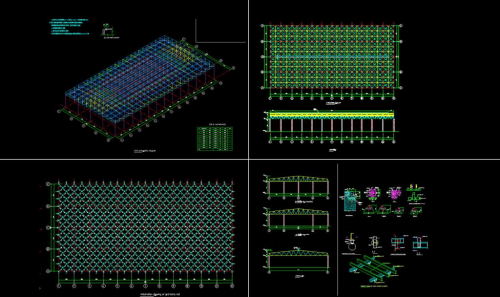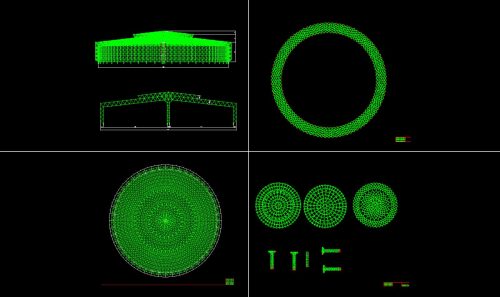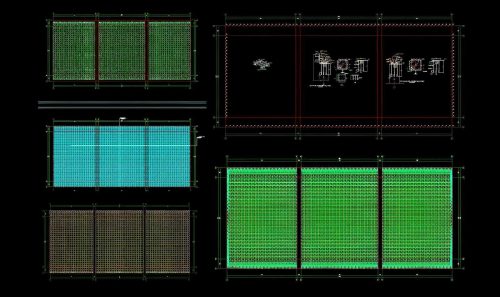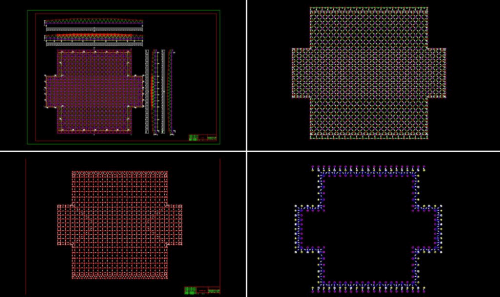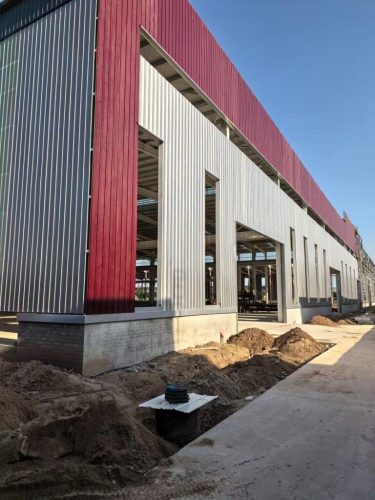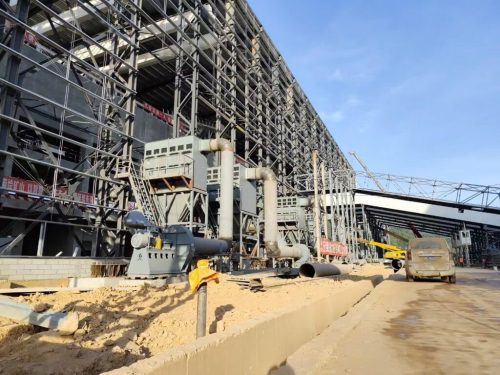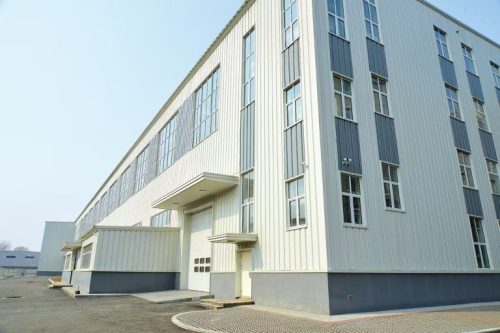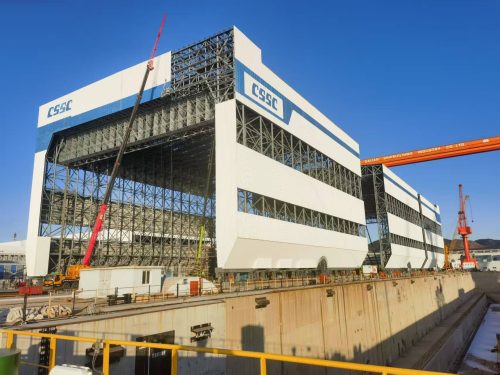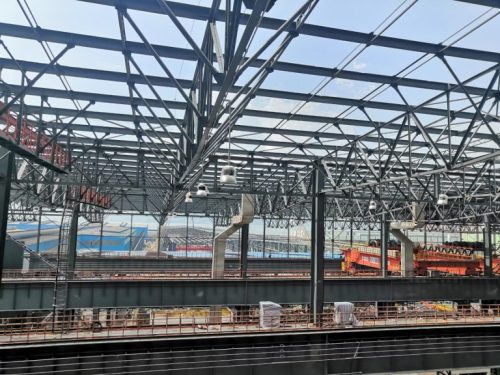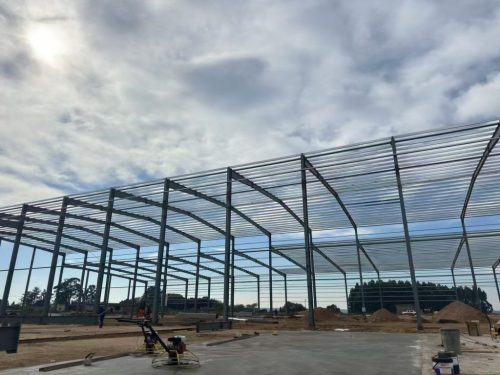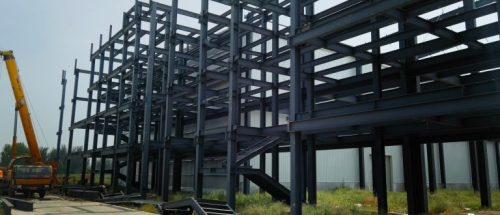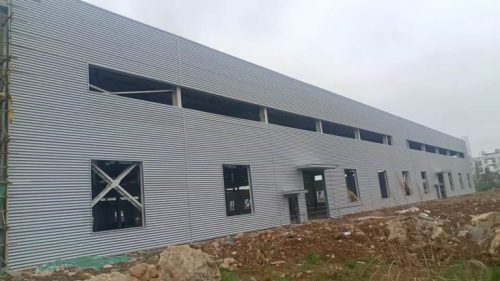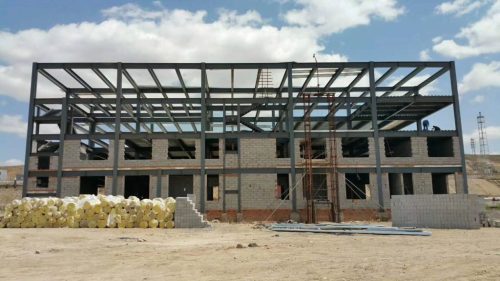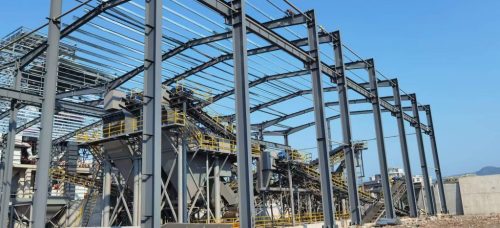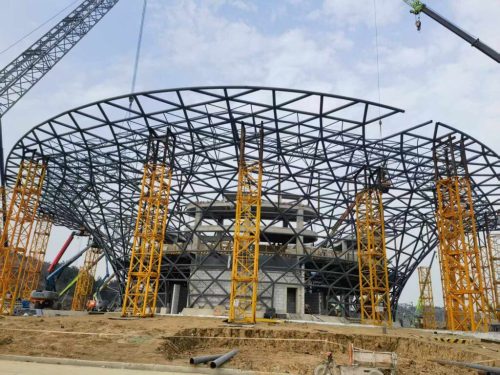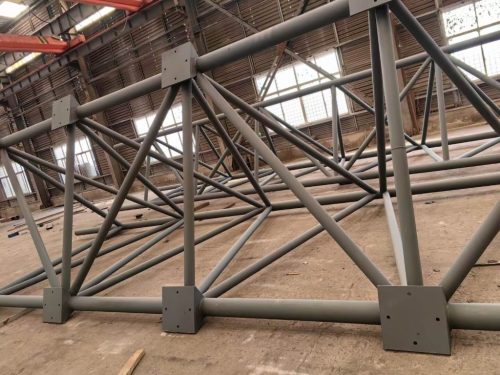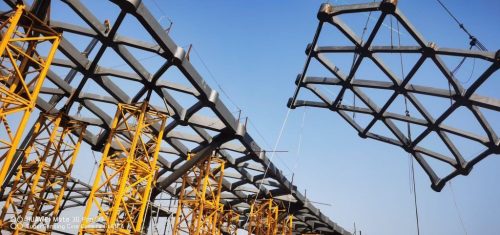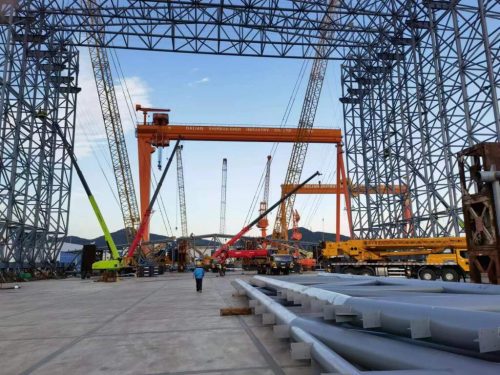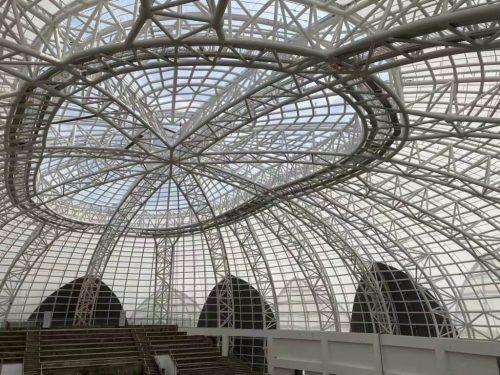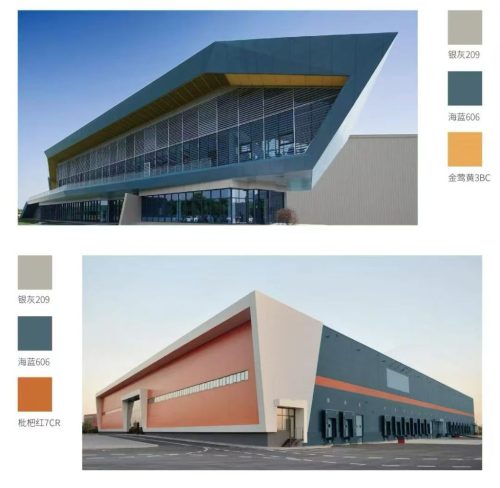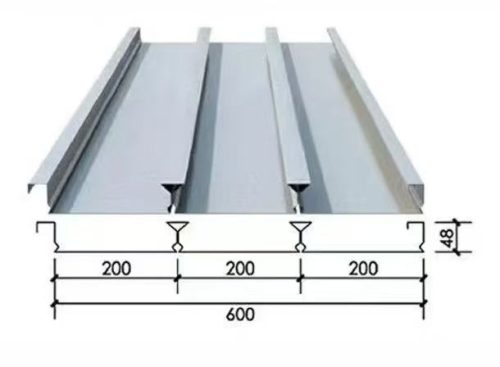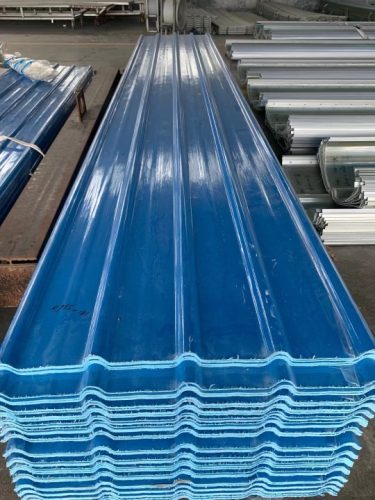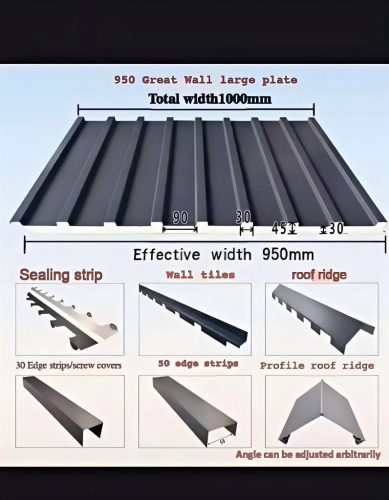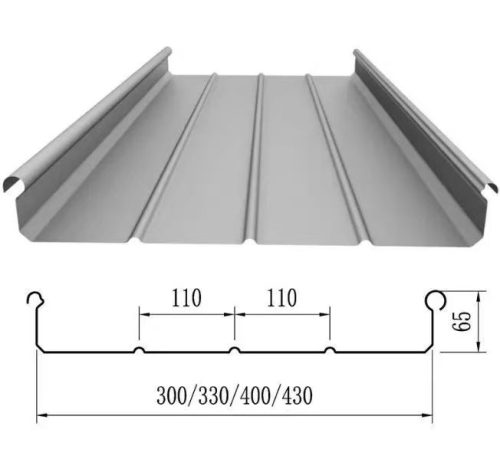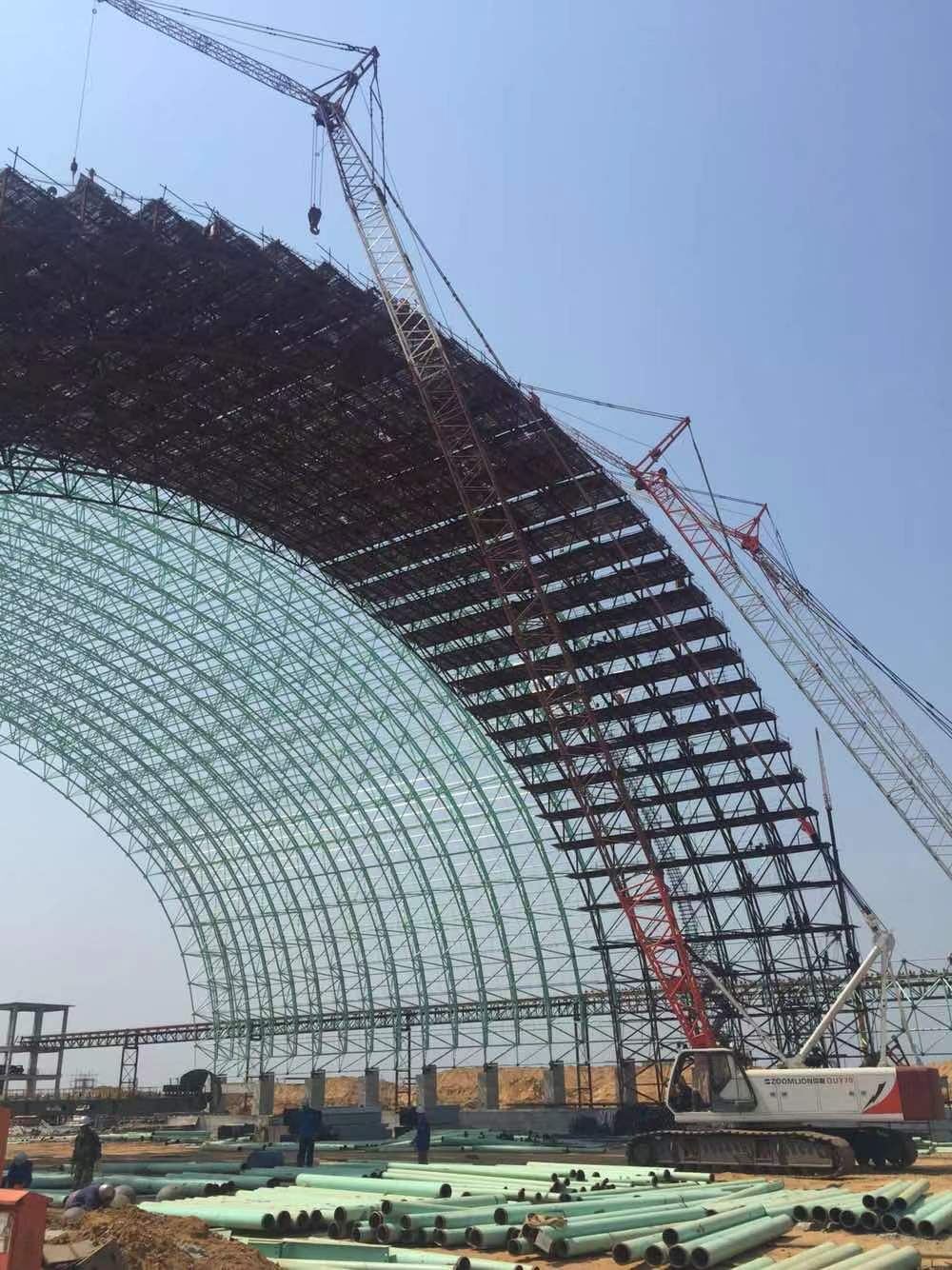Optimization of Seismic Performance: Application of Steel Space Frame Structure in Earthquake Zones
In seismic regions, building design must account for the possibility of earthquake-induced forces to ensure both the safety and structural integrity of buildings. Steel space frame structures have emerged as a leading solution in earthquake-resistant design due to their flexibility, strength, and efficient load distribution capabilities. The application of steel space frames in earthquake-prone zones is particularly beneficial, as these structures offer enhanced seismic performance, better energy dissipation, and resilience to dynamic forces such as ground shaking.
This article explores the optimization of seismic performance through the use of steel space frame structures, focusing on their flexible design and node seismic technology that are critical for earthquake resistance.
1. Steel Space Frames: A Versatile Solution for Seismic Resistance
Steel space frames are three-dimensional structural systems formed by connecting multiple steel rods or beams in a network of triangles. This configuration distributes loads efficiently and provides stability to large, open-span structures. The inherent flexibility of steel allows space frames to adapt to dynamic loads like seismic forces without significant damage.
In earthquake-prone regions, the building needs to withstand both horizontal and vertical seismic forces. Traditional rigid structures may suffer from high-stress concentration during an earthquake, leading to bending, cracking, or even collapse. Steel space frames, however, offer several advantages:
Lightweight but strong: Steel has a high strength-to-weight ratio, allowing space frames to resist seismic forces while keeping the structure light.
Three-dimensional load distribution: The triangular arrangement of space frames distributes forces more evenly across the entire structure, making them highly effective at withstanding lateral and vertical forces during seismic events.
Flexibility: The flexibility of steel enables the structure to deform under seismic loads without failing, allowing it to absorb energy from the quake.
These characteristics make steel space frames ideal for buildings in seismic zones, providing a safe and reliable solution.
2. Flexible Design: Allowing the Structure to Move and Absorb Energy
In seismic zones, flexibility is key to surviving the intense shaking caused by earthquakes. When a building is subjected to earthquake forces, rigid structures can experience excessive forces that cause cracks, breaks, and even collapse. However, flexible structures like steel space frames are able to distribute seismic loads across the building without damaging key components.
The flexibility of steel space frames is largely due to their jointed design. The structure's joints (also known as nodes) allow the building to move slightly during an earthquake, which helps to dissipate seismic energy and reduce the chance of structural failure. Unlike solid or rigid construction methods, where movement is restricted, steel space frames can "bend" and "twist" slightly, absorbing the energy produced by the earthquake and reducing the stress on any single part of the structure.
a. Energy Dissipation through Flexibility
Energy dissipation is the process by which a building absorbs and dissipates seismic energy during an earthquake. Steel space frames are designed to undergo controlled elastic deformation, which helps to absorb and dissipate the energy without causing structural failure. The design allows the building to "move with the quake," minimizing the potential for severe damage.
For example, base isolation systems can be used in conjunction with steel space frames. These systems use flexible bearings at the foundation level to allow the building to shift or move independently of the ground motion. The result is that the building moves with the seismic wave rather than resisting it, reducing the amount of force transferred to the structure.
b. Reduced Lateral Forces
Lateral forces are one of the most significant causes of building damage during earthquakes. Steel space frames are highly effective at resisting lateral forces because their triangular configuration creates a stable, interconnected framework. This configuration allows the structure to shift and sway evenly, rather than concentrating the force in one area. The result is reduced lateral displacement, which helps prevent excessive movement and potential collapse.
3. Node Seismic Technology: Enhancing Connection Durability
In any space frame structure, the nodes—the points where the beams or members are connected—play a critical role in the structure's overall seismic performance. The connection of these elements must be designed to withstand not only static loads but also the dynamic forces generated during an earthquake. Node seismic technology has emerged as a key area for optimization in earthquake-resistant space frames.
a. High-Strength, Ductile Connections
To ensure that steel space frames perform optimally during an earthquake, the nodes must be designed to absorb energy and distribute forces effectively. One way to achieve this is by using ductile connections at the nodes. These connections allow for slight deformation during an earthquake, which helps to dissipate energy without causing failure. In contrast, brittle connections could fracture or snap under the intense shaking, leading to catastrophic failure.
Ductile connections made from high-strength steel are often used at the nodes of space frames. These connections are designed to withstand both the vertical and lateral forces generated by seismic activity while maintaining the integrity of the overall frame. The ability to absorb and distribute forces through these connections enhances the building's resilience to earthquakes.
b. Innovative Node Design for Better Performance
The design of space frame nodes has evolved significantly in recent years, with many engineers focusing on developing innovative node connection methods that offer superior seismic performance. These nodes are often reinforced and designed to resist bending, twisting, and shear forces that are common during an earthquake. In addition, double or triple-node configurations can be employed to provide additional strength and resistance to seismic forces.
By improving the seismic performance of the nodes, the overall stability and energy dissipation of the steel space frame structure are greatly enhanced, ensuring the building can withstand even the most severe earthquakes.
4. Case Studies of Steel Space Frame Applications in Earthquake Zones
Several notable examples demonstrate the effectiveness of steel space frames in earthquake-resistant designs:
a. Tokyo International Forum (Japan)
Located in a highly seismic region, the Tokyo International Forum features an exposed steel space frame that spans the entire structure. The flexibility and lightness of the steel allow the building to move slightly during an earthquake, reducing stress on individual components. The node connections are designed for high energy dissipation, ensuring the structure’s stability during seismic events.
b. Osaka Aquarium Kaiyukan (Japan)
The Osaka Aquarium is another example of a building that uses steel space frame technology in a seismic zone. The structure utilizes a large-span steel space frame that allows the roof to cover expansive exhibition halls without the need for internal columns. The design incorporates seismic isolators and energy-dissipating nodes to ensure the building's resilience during earthquakes.
c. The Burj Khalifa (UAE)
Though not located in a typical seismic zone, the Burj Khalifa incorporates advanced steel space frame technologies to enhance its wind and seismic performance. The building’s structure, made from steel, provides the necessary flexibility to withstand both seismic forces and strong winds. The high-strength steel connections and node technology play a crucial role in the tower's stability, making it resistant to dynamic forces.
5. Conclusion
The application of steel space frame structures in earthquake zones offers a powerful solution for enhancing the seismic performance of buildings. The flexible design of steel space frames, combined with node seismic technology, allows these structures to efficiently dissipate seismic energy, reduce lateral forces, and improve overall stability during an earthquake.
As seismic risk continues to be a concern in many parts of the world, the importance of optimizing earthquake-resistant designs through innovative materials and technologies like steel space frames cannot be overstated. These structures provide not only safety and resilience but also contribute to the creation of architecturally impressive, functional buildings that stand the test of time, even in the face of seismic events.



